-
Tithonia
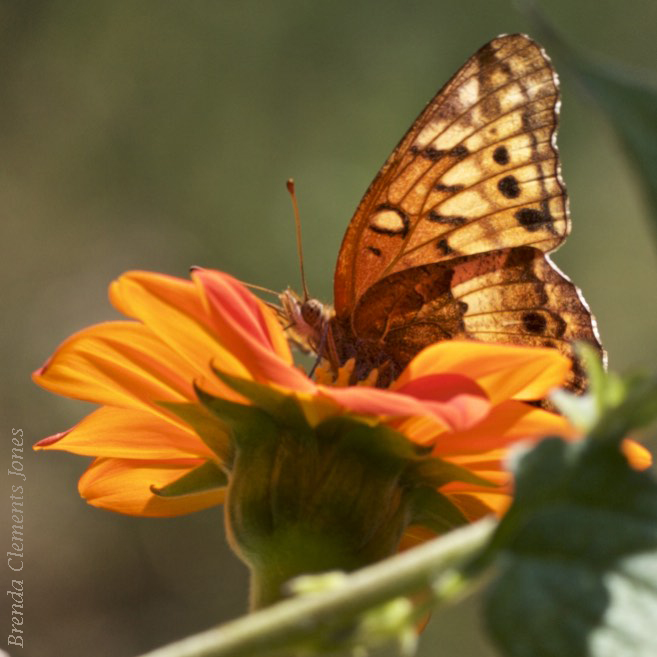
Tithonia rotundifolia. Native to Florida, Louisiana, Mexico, Central America, and the West Indies. NOT native to Virginia but it is a well behaved annual which I try to plant every year. I thoroughly adore it for the many butterflies, including Monarchs, and the hummingbirds that the dazzling orange flowers attract. A bright orange magnet in…
-
Trumpet Honeysuckle
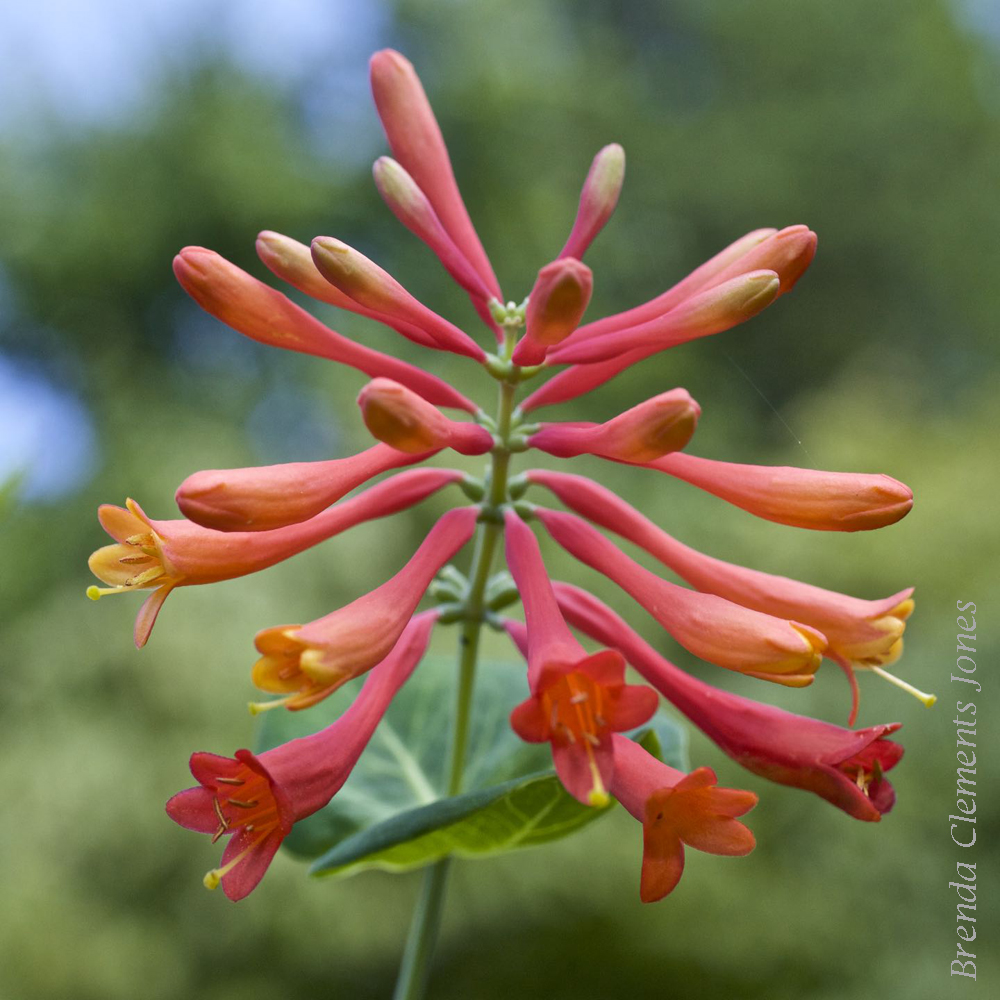
Ice covered berries of NATIVE honeysuckle. Trumpet Honeysuckle (Lonicera sempervirens). The scarlet berries bring Quail, Purple Finches, Goldfinches, Hermit Thrushes, American Robins, and surely more birds, to the vines which are native to the southeastern United States. Spring Azure butterflies and Snowberry Clearwing moths use the Trumpet Honeysuckle as their host plant. And if you’re…
-
Hummers Heading South
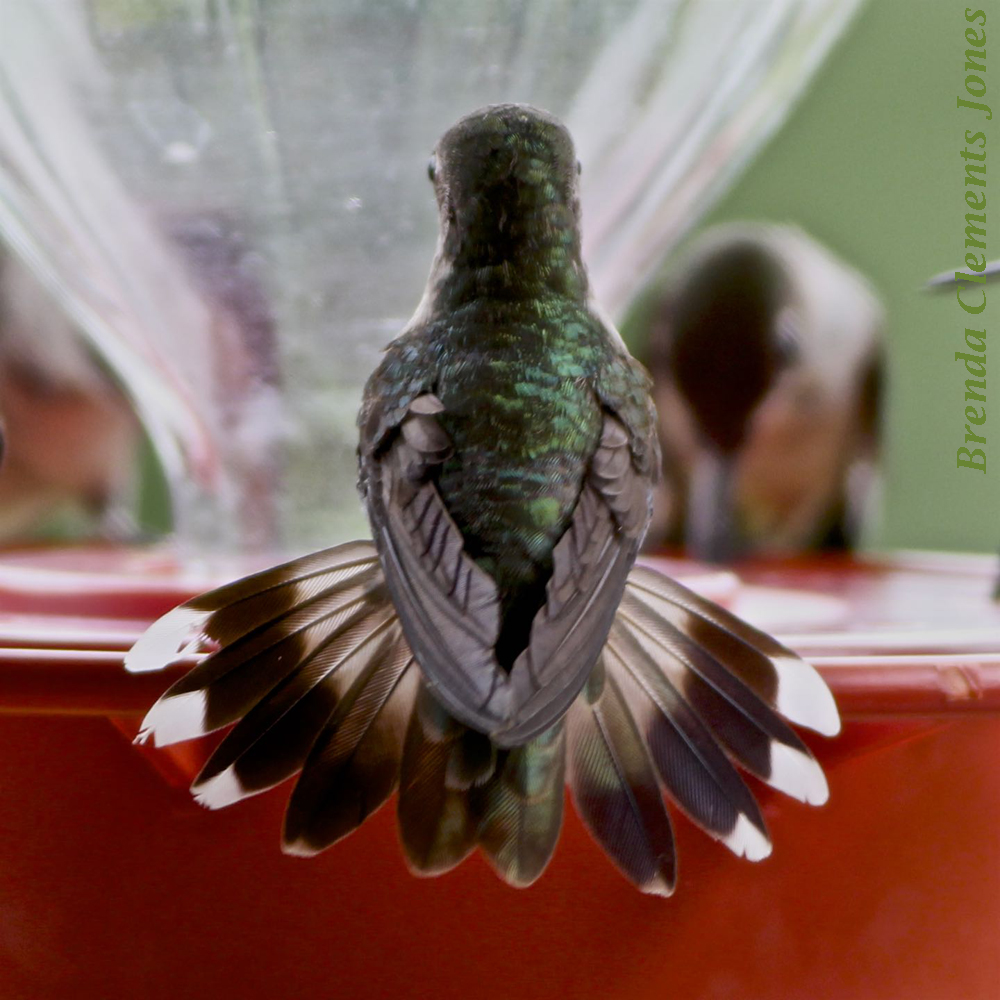
Within the past two weeks the population of Ruby-throated Hummingbirds (Archilochus colubris) here at my feeders, has dropped considerably. I had been putting out two quarts of syrup each day. Now I put out one cup each day. Big drop. They’re packing their bags. Heading south. Migrating for the winter to Central America and Mexico.…
-
Ironweed
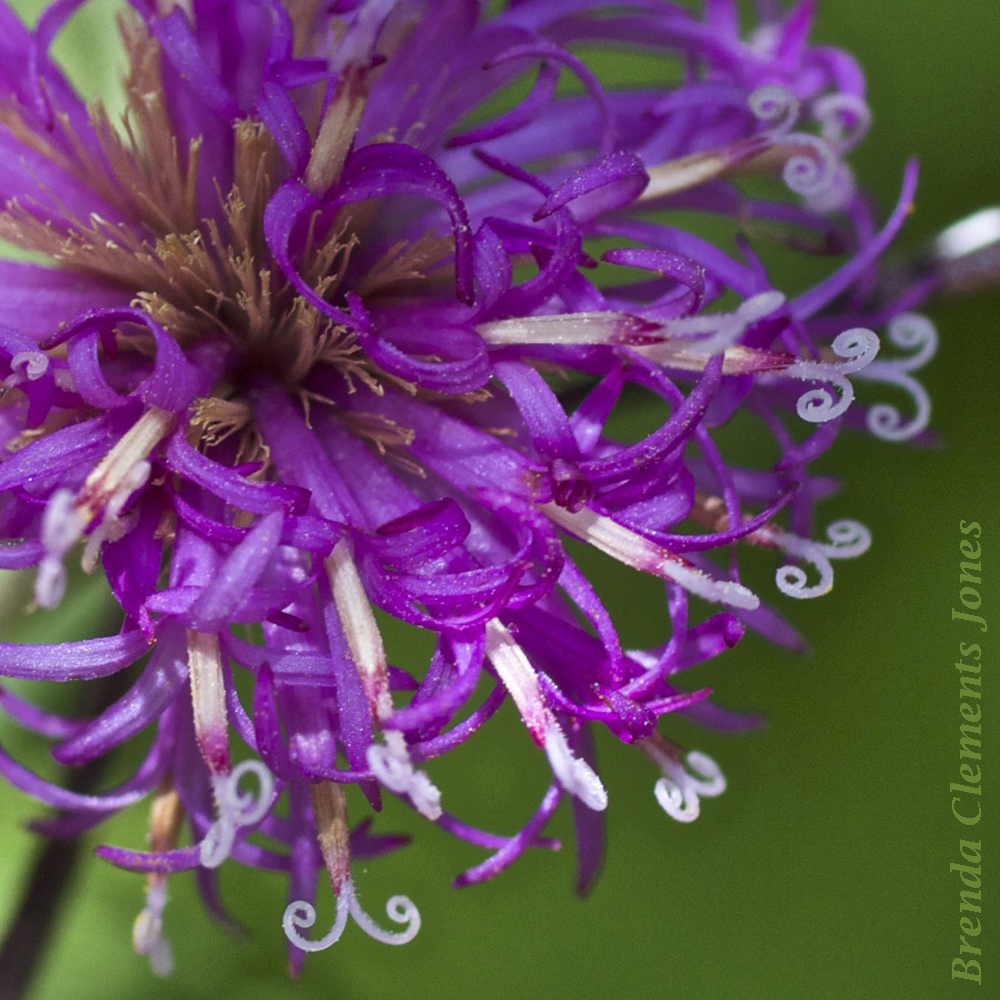
Got a spot in the woods? If you do, I hope you have this plant somewhere close by. An amazing color and a beautiful flower. Ironweed. Quite possibly New York Ironweed (Vernonia noveboracensis), but then again it might be Upland Ironweed (Vernonia glauca), or Tall Ironweed (Vernonia gigantea). These three species all reside in Virginia…
-
Hummingbird Moths
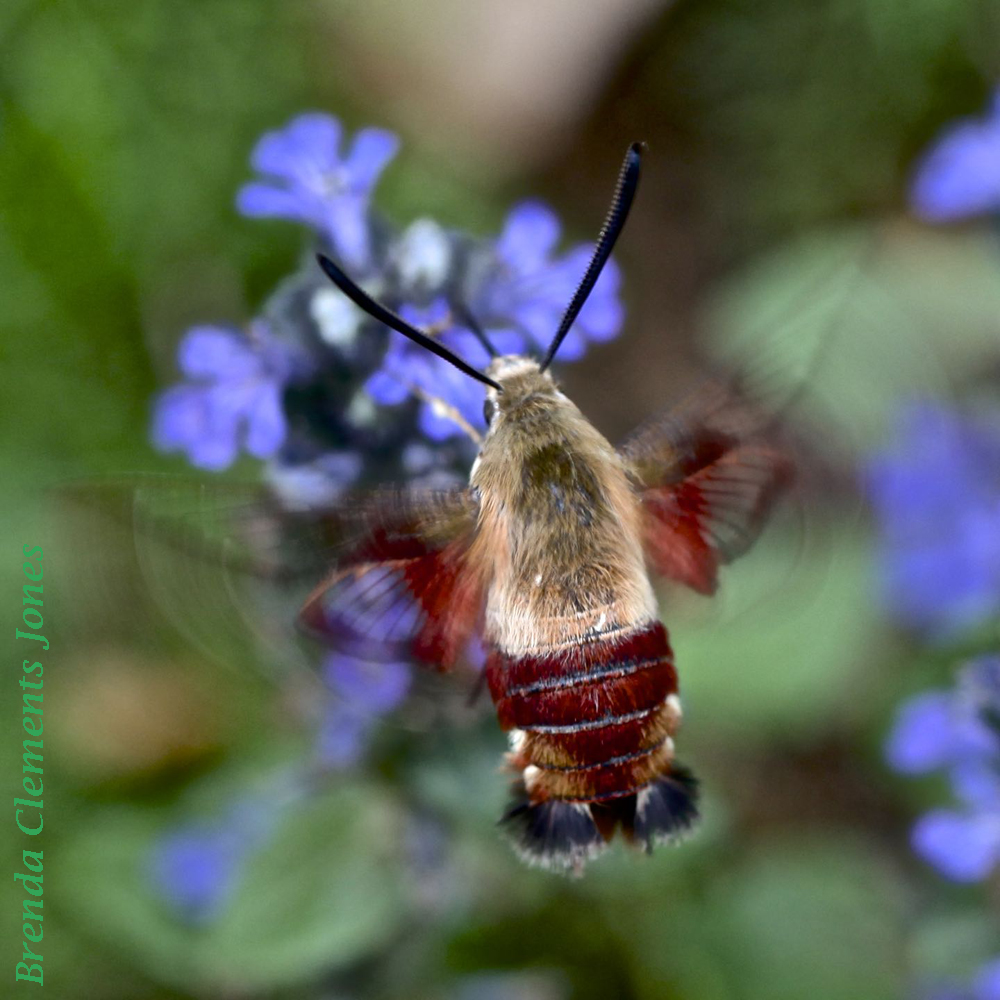
There are four species of Hummingbird Moth in North America, members of the sphinx moth family (Sphingidae). Sometimes they get mistaken for baby hummingbirds. But they are moths that collect nectar during the day. One of the species, in the photograph above, is the Hummingbird Clearwing Moth. This moth has a golden back, a chestnut-brown abdomen,…
-
American Germander
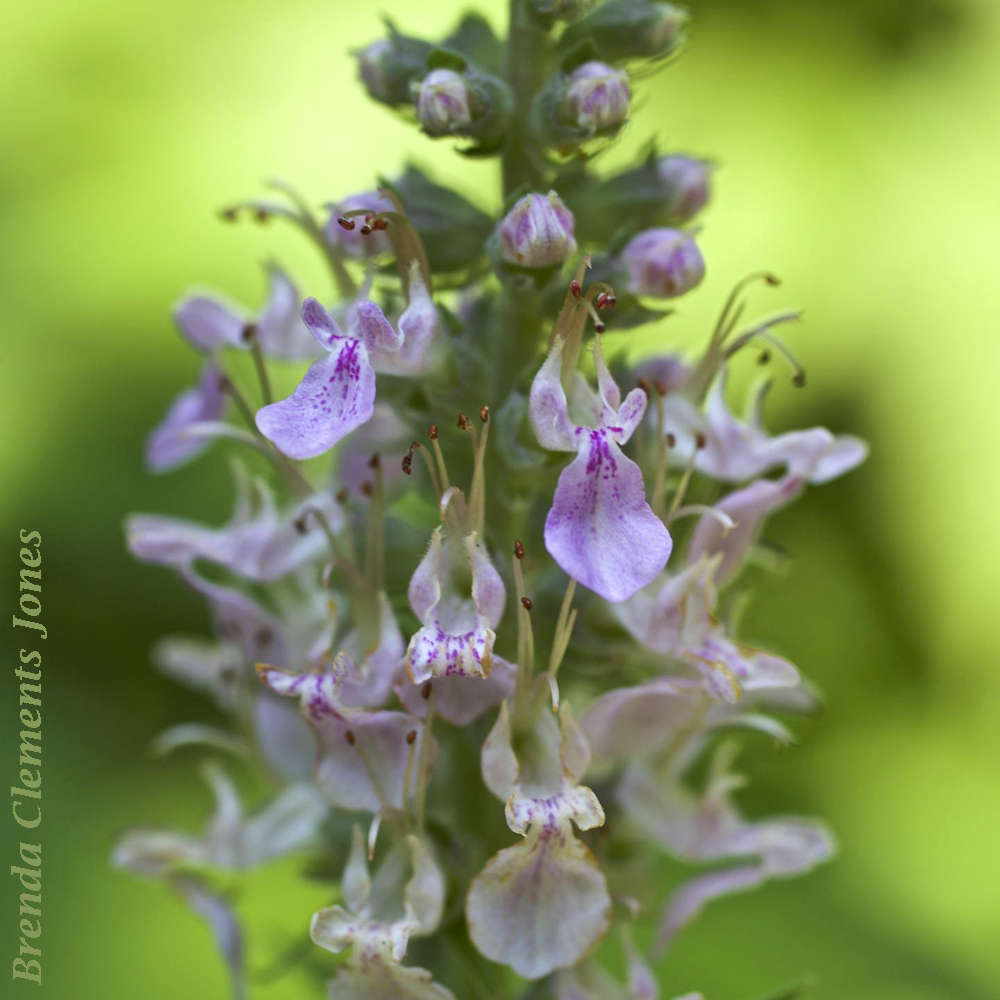
Native to all 48 of our contiguous states and a good bit of Canada too. An herbaceous perennial in the mint family American Germander (Teucrium canadense). Opposite leaves, squarish stem. Typical of the mint family. You’ll find Bees of the long-tongued sort, Hummingbird Moths, and Hummingbirds them selves, as pollinators. And if you’re looking for…
-
Scarlet Beebalm
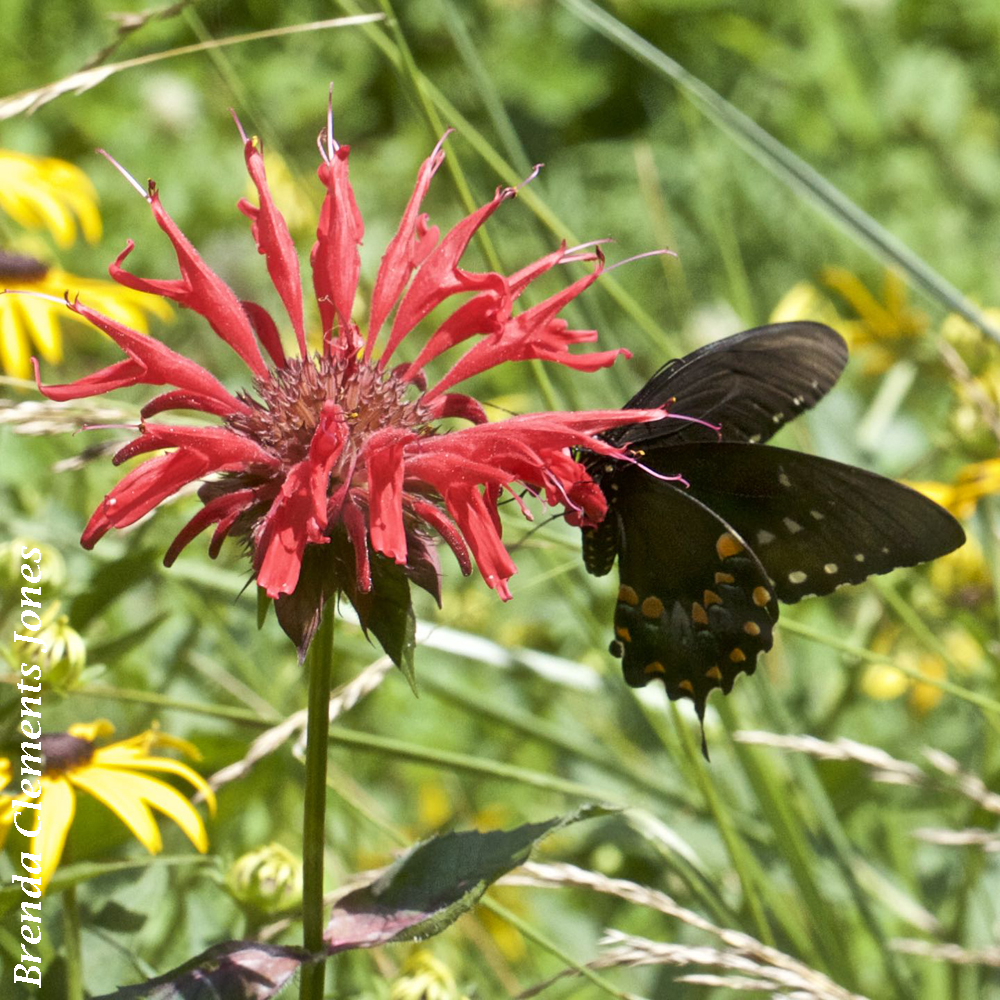
Soon to be glowing red in a big swath of my garden. Scarlet Beebalm (Monarda didyma). Native to eastern North America. Attracting hummingbirds, butterflies and bees. Fluttering, buzzing and humming. Spicebush Swallowtails (Papilio troilus) aren’t the only butterflies that enjoy the nectar and help pollinate the Scarlet Beebalm. Oodles show up. A carefree plant that…
-
Ruby-throated Hummingbirds
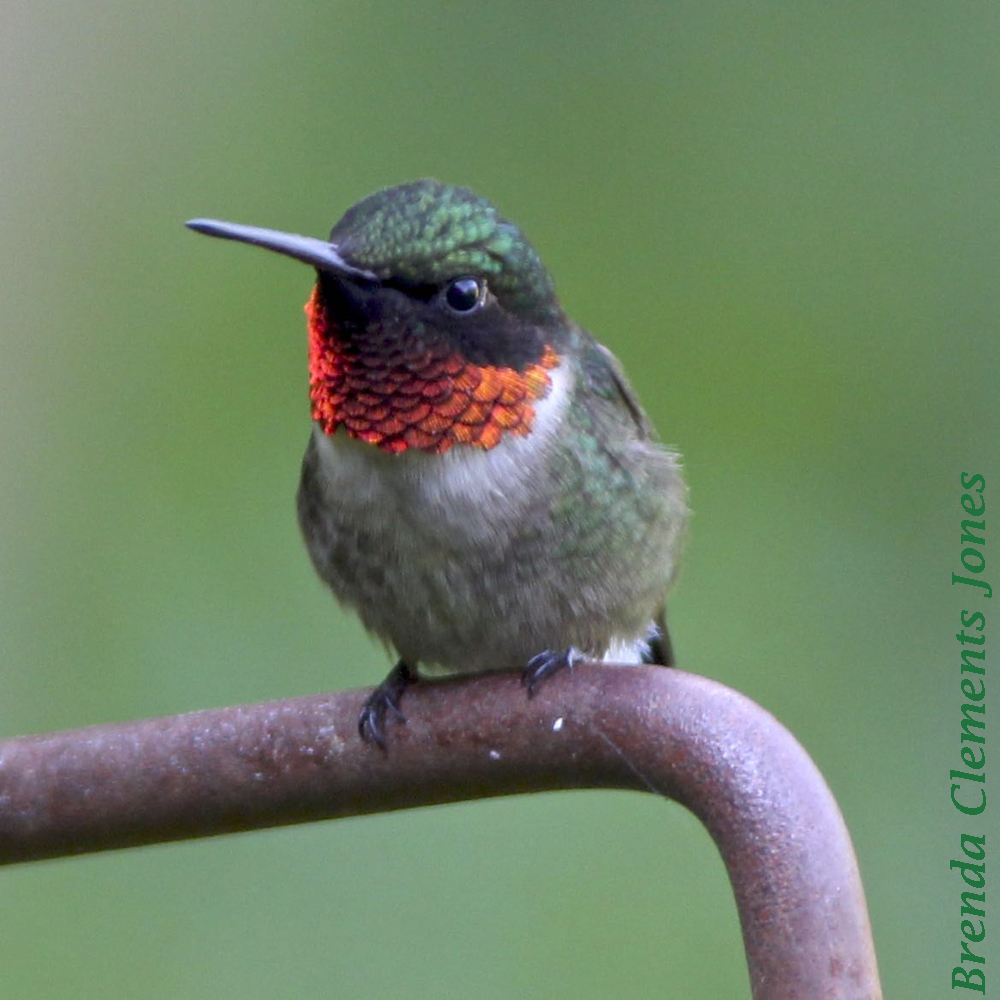
Tomorrow one hummingbird feeder will go up on my front porch. The time is about right, but I don’t know exactly when to expect my first Ruby-throated Hummingbird (Archilochus colubris). I want to greet whoever shows up first, with a welcome mat and a feeder with its favorite syrup. The recipe: 1/4 cup sugar to…
-
Yuccas
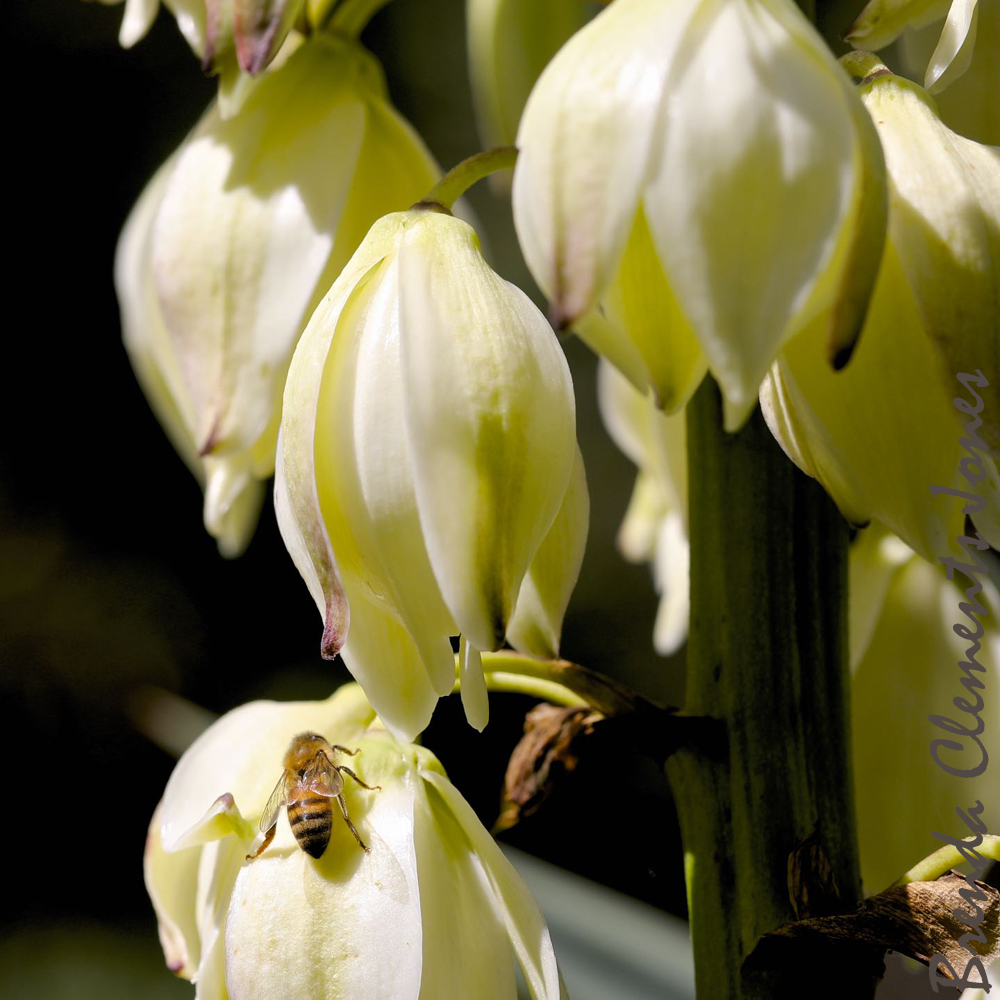
I love Yucca flowers. There are 2 different yucca species growing in my yard, each blooming in a different season. Yucca filamentosa, which is native to Virginia, blooms in early summer. And this one, Yucca gloriosa, native to extreme southeastern Virginia, blooms in early autumn. Remarkable that they both are native to this state, since…
-
Carolina Wren
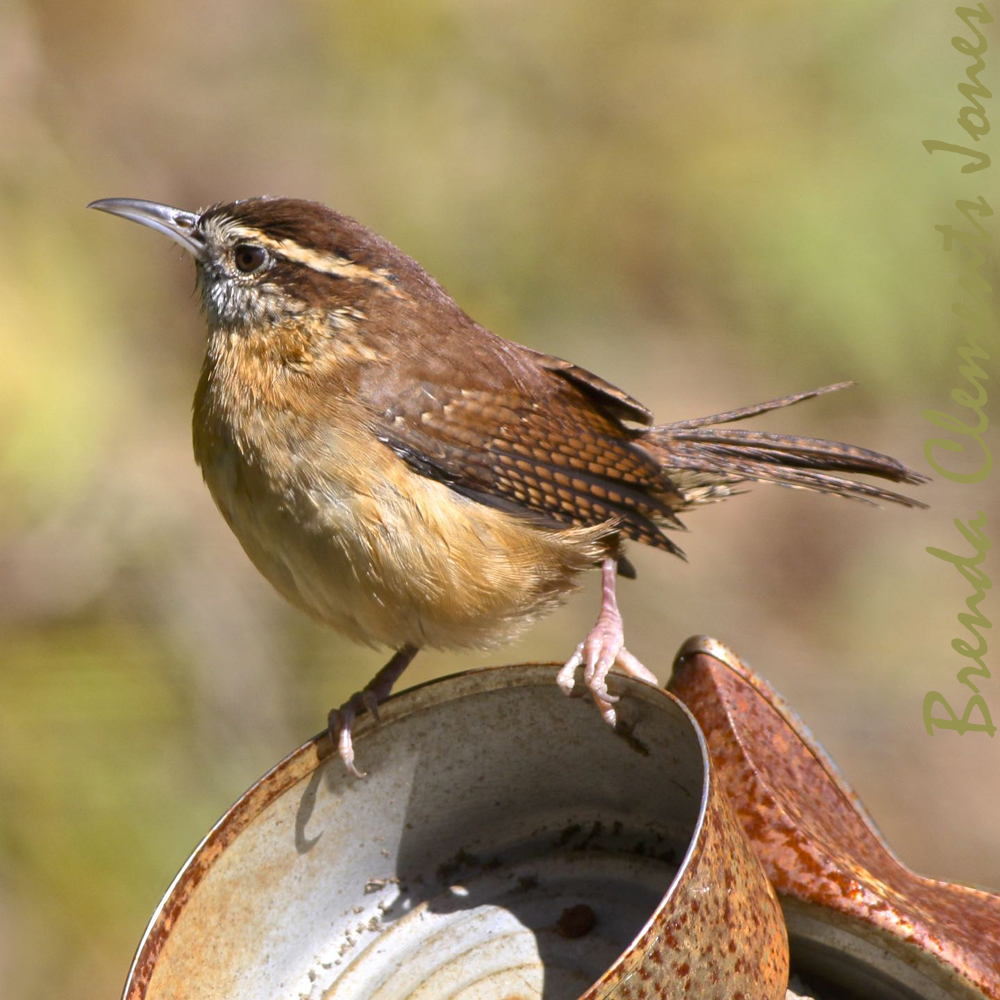
A whole season without putting out sunflowers seeds, peanuts, peanut butter, suet. I survive since the hummingbirds keep me entertained. Fifteen or twenty of the swarming, going round and round the cabin, slurping up their syrup. Now they’re gone. Time for the other birds to keep me company again. Carolina Wren, Thryothorus ludovicianus.